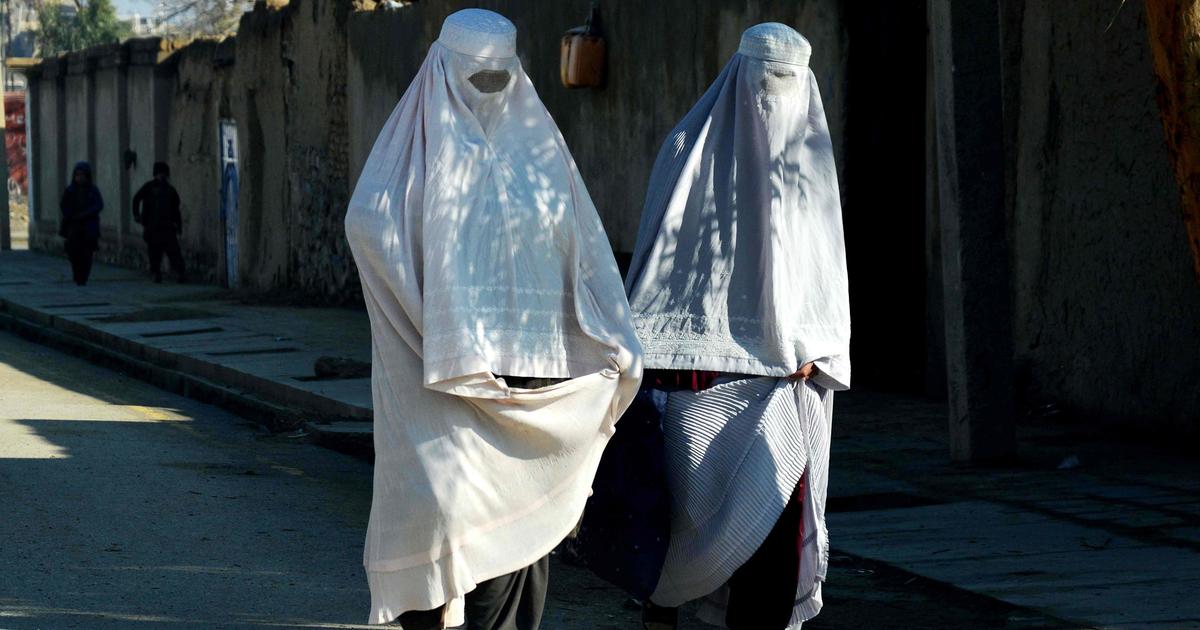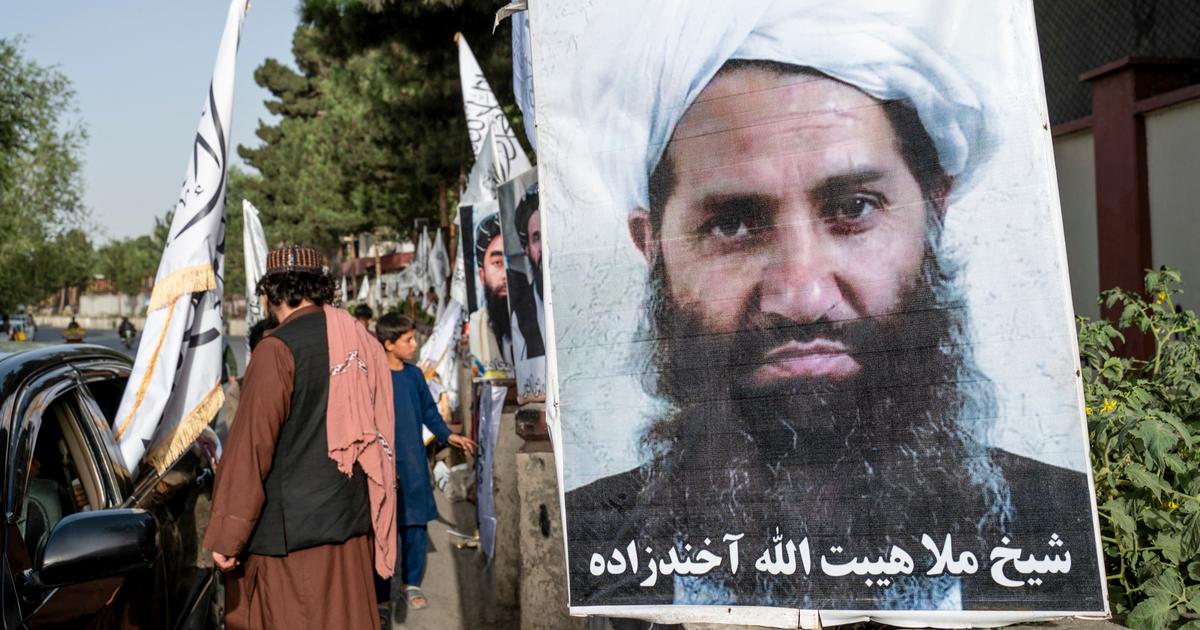The plant transformed the drug trafficking of the Taliban and now the "kitchens" of this synthetic drug proliferate.
Fear in Europe.
Daniel Vittar
09/01/2021 15:30
Clarín.com
World
Updated 09/01/2021 15:30
In the rugged mountains of Afghanistan they call it
“bandak”,
and also
“oman”
.
Sometimes they used it as firewood, because it allowed the fire to be quickly lit.
The wisest people would grind it and prepare
home remedies
to treat kidney problems.
Today, it is the
main component of methamphetamine
, those powerful crystals that are wreaking havoc in modern society.
The real name of this wild shrub, which is revolutionizing the drug market in the Taliban region, is
Ephedra
.
From it "ephedrine" is distilled, which serves as the base for the synthetic drug.
Until now
opium was the undisputed king
.
Almost 90% of the heroin consumed globally comes from Afghanistan.
But this is rapidly changing with the rediscovery of ephedra's hidden attributes.
An Afghan collects poppy resin in a field for opium production.
Photo: AP
A promising business
About four years ago, drug producers in Afghanistan realized how profitable ephedrine could be, and began allocating resources for its production.
"Available data suggest that Afghanistan has become in a short period of time a
producer and supplier
of relatively large quantities of low-cost ephedrine and methamphetamine," warned the European Monitoring Center for Drugs and Drug Addiction (EMCDDA), which recently published a report on this phenomenon.
EMCDDA experts conducted in-depth work on the ground,
touring remote Afghan regions
, collecting testimonies and using satellite imagery.
"The potential scale of ephedrine and methamphetamine production, the revenue it generates and the speed at which it has emerged are
surprising and worrying,
" they say.
Methamphetamine has been produced in Afghanistan for a long time, but it used to be made in very small quantities as they used ephedrine from
cough syrups
smuggled from Iran and Pakistan
as a precursor
.
It was expensive and chemical skills were required to extract it.
The transformation
As of 2018 the transformation took place, and no one knows exactly how it happened.
But the truth is that the producers discovered that they
could extract ephedrine from the ephedra plant,
and this significantly lowered costs and allowed them to compete at very low prices with other drug traffickers.
Grinding ephedra in Bakwa, Afghanistan.
Photo: European Monitoring Center for Drugs and Drug Addiction
Methamphetamine in Afghanistan is selling for about
$ 338 per kilo
, compared to $ 1,600 in Iran.
And the big world traffickers raise that figure to $ 3,000 per kilo.
An extremely profitable difference.
A wild and ancient herb
Bandak is an ancient wild herb that is
very easy to grow and extract
.
It grows at about 2,500 meters in arid or low humidity soils, and
does not need care.
It is usually harvested between July and October.
Afghan harvesters climb the mountains and search "among the rocky outcrops" for the bandak.
They use a sickle to cut the new shoots and place them in sacks.
Its application in the manufacture of methamphetamine radically changed the Afghan geography.
There are districts in western Afghanistan, near the border with Iran, where
"kitchens"
or factories of this synthetic drug
proliferate
.
One of the largest is Bakwa, where more specialized processing facilities emerged.
It is not surprising that drug trafficking has become an important source of employment in a region mired in
poverty, violence and religious fanaticism.
Currently, according to the detailed report of the EMCDDA, there are two types of workers that this drug industry uses in Afghanistan, and that became part of the labor market in the impoverished country: ephedrine cooks and methamphetamine cooks, with well differentiated incomes.
Ephedrine cooks
grind and chemically process ephedra
in large quantities and with several parallel batches.
They are paid a fixed daily salary of up to $ 5.
Ephedra is unloaded and ground outdoors in Afghanistan.
Photo: European Monitoring Center for Drugs and Drug Addiction
The process is as follows: they grind and sieve the ephedra and then mix it with
water, naphtha, salt and caustic soda
in a barrel.
They leave it to soak overnight to finally filter the liquid, which is deposited in metal tanks of about a thousand liters.
There it is heated, in a final process.
On the other hand, methamphetamine cooks,
considered technical
because it requires another level of knowledge and preparation, usually charge about
$ 12 for each kilo of crystals
they produce.
Their work is much more complex, but it can basically be described as follows: they
mix ephedrine with iodine and water
, then add
caustic soda and red phosphorus.
Methamphetamine crystals produced in Bakwa, Afghanistan.
Photo: European Monitoring Center for Drugs and Drug Addiction
After a series of stages, which are skipped for obvious reasons, they place the powder in "frames" where the crystalline methamphetamine is developed.
The crystals, which are very fragile, are packed in plastic boxes.
They are then dispatched to the final destination.
A long way to Europe
This synthetic drug, which in the case of Afghanistan is considered semi-synthetic since it uses
ephedrine from a plant
, is trafficked a long way.
It crosses the border into Iran, and then crosses Iraq and reaches Turkey, from where it is distributed in Europe.
There is also high smuggling into Pakistan, which has become a major market.
Metal tank used to produce ephedrine.
Photo: European Monitoring Center for Drugs and Drug Addiction
Experts say that from now on, with the withdrawal of US troops and NATO allies from Afghanistan,
production could expand significantly.
A conservative estimate by the EMCDDA places about
65 tons
of crystalline methamphetamine per month.
"High resolution satellite images show that this business expanded during the same period as the expansion of the methamphetamine industry," they say.
The withdrawal of US troops and their NATO allies now provides
invaluable space
for the expansion of the trade in this synthetic drug.
The country's economic collapse
is another stimulus
to this illicit, labor-intensive market.
Experts believe that without funding or stable jobs, the production of ephedrine and methamphetamine
will grow to alarming levels.
The European Union is seriously concerned about Afghan methamphetamine, which is why it has strengthened its security system.
ap
Look also
Biden bets on the long term to justify the end of the "eternal war"
Stranded in Kabul: An American Resident Runs Out of Options







/cloudfront-eu-central-1.images.arcpublishing.com/prisa/KA3LQ5ZEAFEQXOIZXJEEVDUZUQ.jpg)
/cloudfront-eu-central-1.images.arcpublishing.com/prisa/VU7S6EWZZVMMDGHINQUMAFJHCE.jpg)
